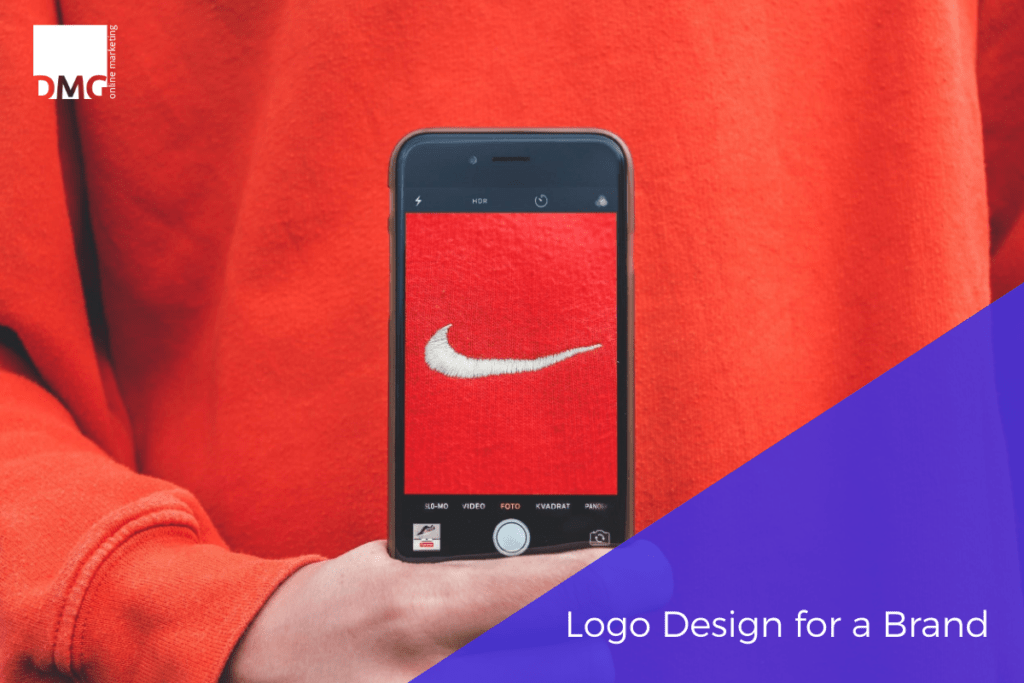What’s in a logo design? Surely any logo will do for your brand as long as it’s professional, right?
Well, if that’s what you think, then it’s time to think again. Professional designers put a lot of thought not only into the individual elements of a logo, but into the overall style. Style is an important factor, because if the style of the logo and the brand personality don’t line up, it will end in a disconnect in your branding. And disconnected branding doesn’t do anyone any favors!
Let’s look at four major steps that a graphic designer takes to choose the perfect logo design style for a specific brand.
Step One Logo Design: Define the Brand Identity
Before you can ensure that the brand personality and logo style align, define what the brand’s personality is. If you’re designing a logo for a client, their creative brief should give you the details that you need.
If you’re designing a logo for your own company, however, then the task of defining your brand identity falls on you. Think about the inspiration behind your brand, your goals, and your mission. Picture your brand as a person. What personality traits would it have? What sort of people would it hang out with?
Write these traits down, inspirations, and goals. These are the factors that create the overall personality and identity of your brand.
Again, think about your brand like a person. Is it youthful and fun? Edgy? Traditional? There will probably be a lot of traits to consider, but distill them down to the most important defining terms. That’s the personality of your brand; that’s what your logo should match.
Step Two Logo Design: Research The Competition
The second important step in selecting a design style for your logo is knowing what the competition is doing. Remember, you want your logo to stand out from the crowd, to be memorable, to be instantly recognizable.
If the logo looks too much like an existing company’s logo, it will fail in those goals, even if the style is perfectly matched to the brand identity.
There’s another aspect to this, too: it’s important to recognize any design trends common in your brand’s market or niche. This doesn’t mean that you have to jump on those trends, by any means. But if most of your competition uses blue in their logos, for instance, you can learn a few things from observing that fact.
- The popular color may appeal more to your target audience.
- It may benefit from traits traditionally assigned to it by the psychology of color.
- You may choose a contrasting color to help your brand stand out even more.
The same is true of logo design styles. For instance, certain types of companies have a specific trend in logo styles. Family-style restaurants, as an example, frequently have mascot logos. Businesses that sell handmade goods often have homemade-style, hand-lettered logos. Analyzing the popular trends in styles among your competition can give you better insight into what your audience expects, and how to make your own logo unique.
Step Three Logo Design: Understand Logo Styles
A third vital step in selecting a logo design is to make sure you’re well-educated on unique styles, what they inherently mean, and how they are commonly used.
Here’s a basic rundown.
- Lettermarks or monograms. These are typography-based logos that typically use the initial letters of a company, often from one to four letters. It breaks longer brand names down into simplicity, so it’s great for brands with names that are complicated, wordy, or difficult to spell or pronounce. You’ll see a lot of these in bigger corporations, like HBO and IBM.
- These are the names of the company used as logos. Like lettermarks, they’re heavily based on their typography, so may use unusual or unique fonts to stand out. But it’s important that the typography is legible, or the effect will be lost. Google and Visa are examples of this type of logo. This is a good choice if you have a new company that wants to make its name widely recognized.
- These are graphic-based logos that aren’t tied to a specific real-life image; in other words, they’re abstract. Think the Nike swoosh. These are good choices to illustrate brands that celebrate creativity and out-of-the-box thinking.
- These are graphic-based logos, using graphics that allude to the company name, purpose, or personality. Think of Apple or Target as examples. This type of logo can be more difficult to pull off if you have a brand-new brand without any name recognition.
- This type of logo uses a character to create empathy between the brand and the consumer. As mentioned above, mascots are frequently found in the restaurant industry, as well as in sports teams. Think Wendy’s Wendy, KFC’s Colonel Sanders, and Planter’s Mr. Peanut. This is an ideal logotype for brands that cater to children and families.
- Combination mark. Perhaps the most commonly used variant, a combination mark uses both a graphic or icon and typography, combining the pictorial image with the lettering that spells out the name of the brand. Perfect for new companies who are building up their reputations, and easy to adapt later on if the brand becomes popular enough to not need the combination mark.
Connecting The Logo Design Style To The Brand Identity
Once you’ve got all this information under your belt, it’s time to start putting it together. Analyze the brand personality, competition, and trends. Compare it to the types of logos, what they’re suited for, and how they can be used.
Each brand will need a unique solution; there are no hard and fast rules when it comes to appropriate, effective branding. That’s why knowing the brand backwards and forwards is really the paramount factor when it comes to choosing the logo style.
It doesn’t matter how amazing your logo design is — if the style just doesn’t fit the brand, it won’t be effective. But that doesn’t mean that only one style will fit the brand, either.
Design experts often recommend doing multiple variants on a logo design, in order to make sure that you end up with the best version. That means that you can play around with different design styles as you work on crafting your perfect brand logo.
A good graphic designer will follow these four steps to choose a design style for any given brand. But ultimately, the details of the logo, and its effectiveness, really depends on the brand itself.
Author Biography
Betty Shane works as a professional blogger for multiple websites. Her work as a freelance content writers allows her to explore diverse topics including but not limited to digital marketing, business and design.





